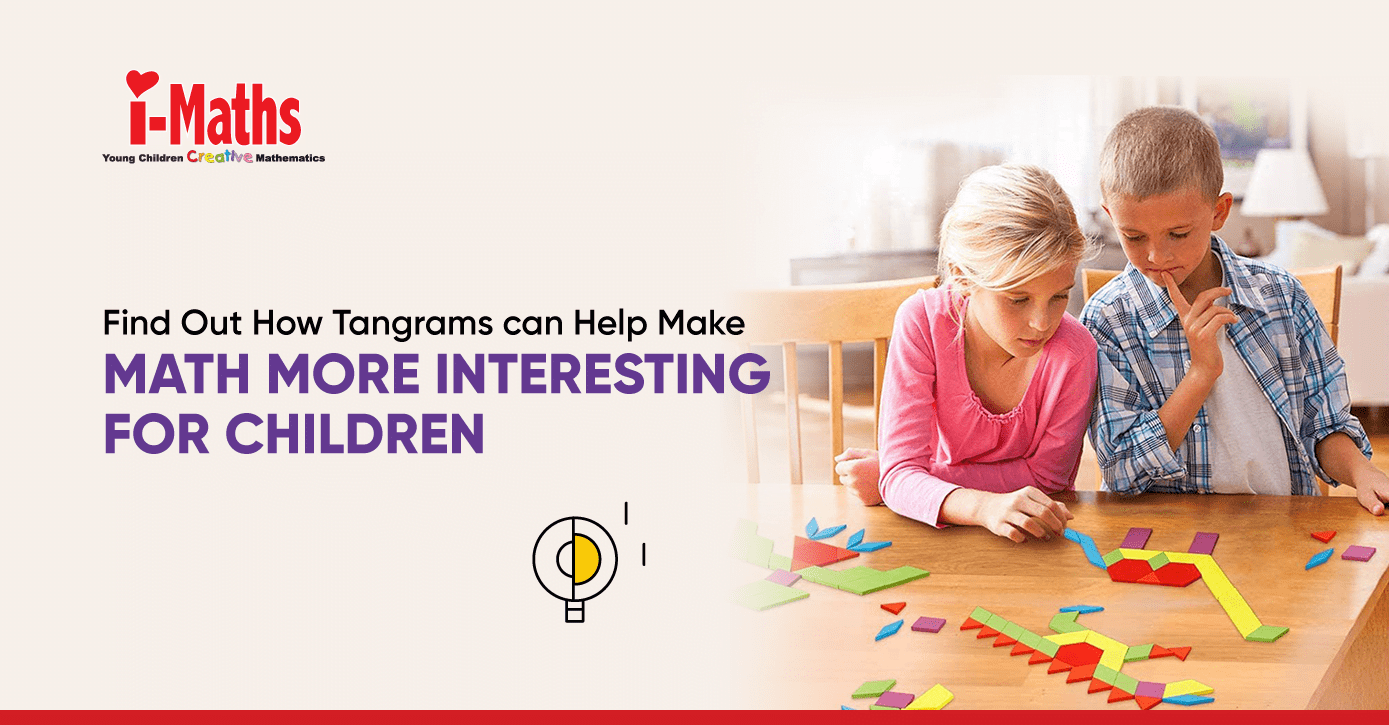What’s the role of Tangrams in Mathematics?
Well, apart from building your child’s reasoning and fine motor skills, it also helps your child develop a sense of Geometry. It enhances their visual-spatial skills as children learn how to arrange different shapes using the creative aspect of their minds. Tangrams also help students in achieving greater understanding of mathematical concepts as young children explore uncommon patterns and shapes to create something that is entirely a product of their imagination. Nowadays, Tangrams are getting more popular because of their many benefits in a child’s education and development. Still, only a handful of centers actually include Tangrams in their curriculum. Tangram puzzles serve as a great educational tool for children. They are easily accessible and an inexpensive way to have fun and strengthen your child’s brain. This classic game will surely stick around as one of the most popular puzzles for generations to come because of its feasibility. If you too want your child to have access to more such fun activities, then i-Maths math learning center is for you!How to Use Tangrams in Math?
Mathematics as a subject is an acquired taste. Some like it, some don’t. But it has to be learnt by all! This love-hate relationship with Mathematics starts in a child’s early years. When their basics don’t get cleared, the next part automatically becomes unclear. Which is why, getting your child enrolled in a good Math Learning Center is extremely vital for their future.
i-Maths is one such Math Learning Center which is the best place for a kid to begin their mathematical journey. With their unique teaching methods and fun activities, they ensure that your child not only understands the basic concepts but actually enjoys them because no one likes it when a subject becomes a burden.
One of the things that make them different from others is their use of Tangrams.So, what exactly are Tangrams and what they do to make Math engaging for kids?
Tangrams are a great hands-on activity that can be incorporated in the classroom or at home. They are basically a puzzle with seven flat polygons that are assembled and reassembled to create new shapes. They could be of various different sizes and colours. There are so many unique and creative shapes a child could make out of those seven polygons.

